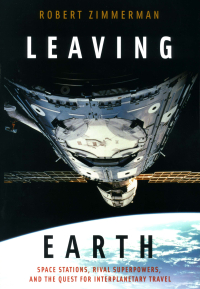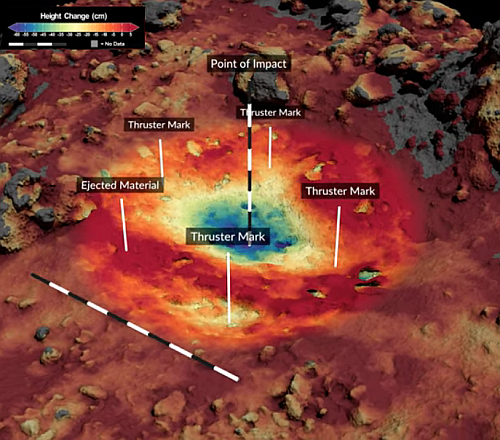Biden to unveil first Webb science image today
This should be entertaining: NASA today announced that the unveiling of the first science image from the James Webb Space Telescope has been moved up to later today, so that President Joe Biden can do the unveiling from the White House. From the NASA tweet:
We can’t contain the excitement for @NASAWebb’s first full-color images!
On Monday, July 11 at 5pm ET (21:00 UTC), President Biden will unveil one of the space telescope’s first images of deep space as a preview of what’s ahead.
It appears that the picture Biden will use in this photo op will be the only deep field cosmological picture scheduled for release:
SMACS 0723: Massive foreground galaxy clusters magnify and distort the light of objects behind them, permitting a deep field view into both the extremely distant and intrinsically faint galaxy populations.
The remaining four images will still be released on July 12, 2022, as originally planned.
The live stream of this event will be broadcast on NASA TV.
This should be entertaining: NASA today announced that the unveiling of the first science image from the James Webb Space Telescope has been moved up to later today, so that President Joe Biden can do the unveiling from the White House. From the NASA tweet:
We can’t contain the excitement for @NASAWebb’s first full-color images!
On Monday, July 11 at 5pm ET (21:00 UTC), President Biden will unveil one of the space telescope’s first images of deep space as a preview of what’s ahead.
It appears that the picture Biden will use in this photo op will be the only deep field cosmological picture scheduled for release:
SMACS 0723: Massive foreground galaxy clusters magnify and distort the light of objects behind them, permitting a deep field view into both the extremely distant and intrinsically faint galaxy populations.
The remaining four images will still be released on July 12, 2022, as originally planned.
The live stream of this event will be broadcast on NASA TV.














